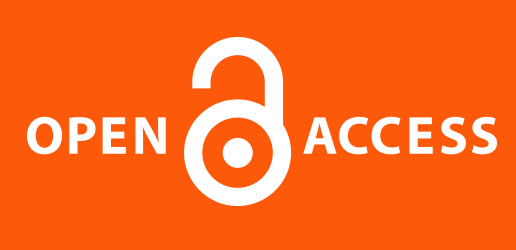Evaluation of Integrated Weed Management Practices on Weeds and Yield of Common Bean (Phaseolus vulgaris L.) in Eastern Ethiopia
DOI:
https://doi.org/10.20372/au.jssd.4.1.2016.051Keywords:
Cost benefits analysis, Hand weeding, Low dose, Pendimethalin, S-metolachlorAbstract
The study was conducted in 2012 cropping season at Haramaya and Hirna, eastern Ethiopia, to evaluate the possibility of supplementing low dose application of s-metolachlor and pendimethalin with hand weeding for effective and economic weed control in common bean. The experiment comprised of 12 treatments viz. preemergence s-metolachlor (1.0, 1.5 and 2.0 kg ha-1), pendimethalin (1.0, 1.25 and 1.5 kg ha-1), and low dose of herbicides (1.0 kg ha-1 each) supplemented with hand weeding four weeks after crop emergence (WAE), one hand weeding two WAE, two hand weeding at two and four WAE, weed free and weedy check arranged in randomized complete block design with three replications. The weed flora assessment showed the presence of broadleaved and sedges with relative densities of 85.7 and 14.3% at Haramaya, and 70.0 and 30.0%, at Hirna, respectively. Interaction of sites and weed management practices significantly affected weed density and dry weight. Days to flowering, hundred seed weight and grain yield were significantly influenced by weed management practices. Interactions of sites with weed management practices significantly affected number of pods per plant and aboveground dry biomass. Plants in weed free treatment flowered earlier by six days, and grain yield increased by 53.3% when compared with weedy check. The benefit gained from s-metolachlor at 1.0 kg ha-1 with one hand weeding four WAE was 92.6% greater than from the value obtained from the weedy check treatment. Farmers could use s-metolachlor at 1.0 kg ha-1 supplemented with one hand weeding four WAE to maximize economic benefit.
Downloads
Published
How to Cite
Issue
Section
License
Copyright (c) 2016 Author(s)

This work is licensed under a Creative Commons Attribution-NonCommercial 4.0 International License.









